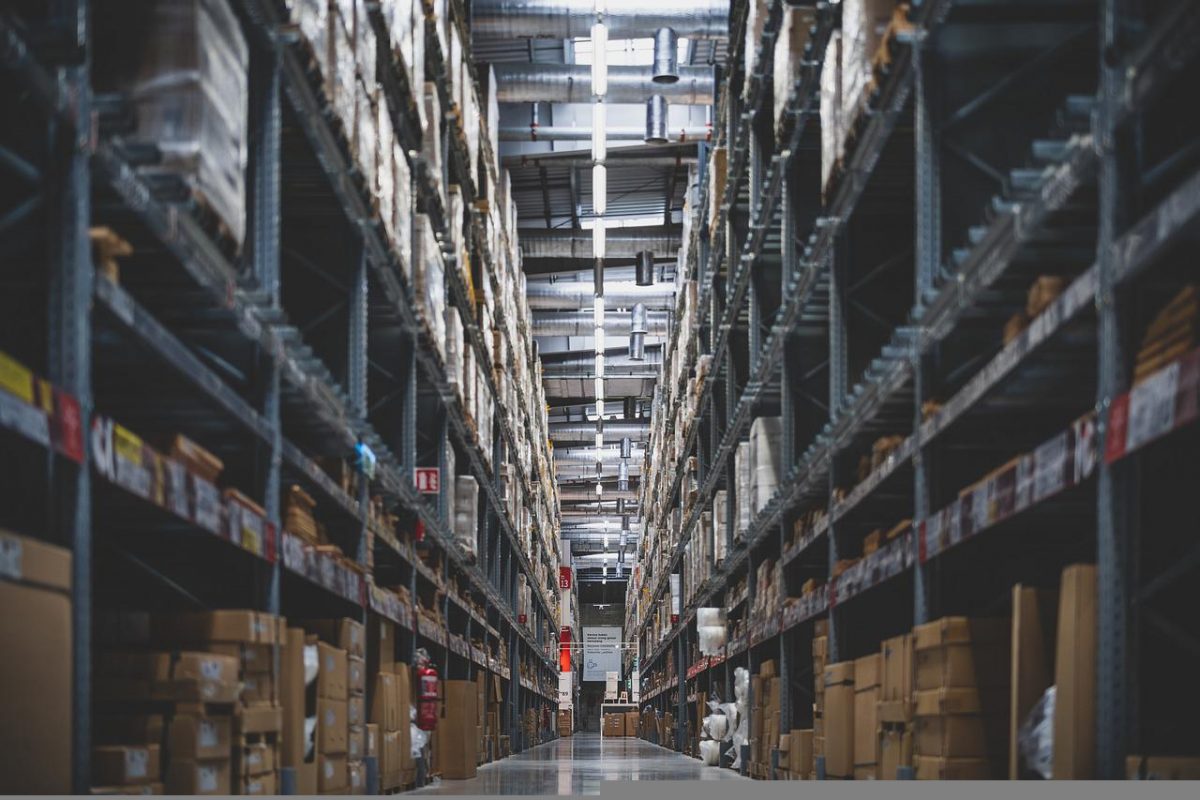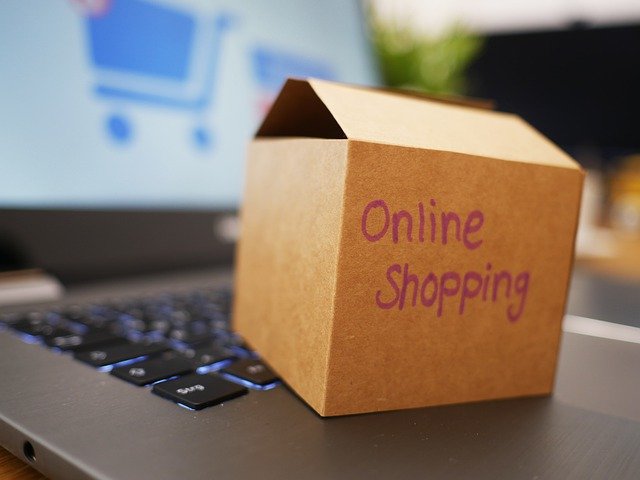The holidays are just around the corner. But while the season typically ushers in a surge of sales, two years of pandemic living has taken a toll on shoppers.


The holidays are just around the corner. But while the season typically ushers in a surge of sales, two years of pandemic living has taken a toll on shoppers.

“Do not live someone else’s life and someone else’s idea of what womanhood is. Womanhood is you.” – Viola Davis.

While retailers have more tech budget to spend, two-thirds still don’t have enough resources and are challenged to hire and retain tech talent – particularly in the emerging tech space. As a result retailers want more value from their technology partners.

With the current growth trajectory Ecommerce sales volumes in the US are expected to hit 848 Billion by the of 2022.

The industry standard of inventory accuracy sits approximately at 65% at the item level. By deploying item-level RFID, retailers can increase this to 93%-99% quickly to start experiencing the benefits of an accurately stated inventory in their enterprise.

These business owners were being run off their feet, not due to a huge amount of sales (oh how we all want THAT problem) but because their systems were causing them to have to check, double check and check again every integration point through the platform.

Two in three Americans say returning unwanted merchandise is the worst part about shopping

As more creators enter the social commerce space, the harder it is for companies to come up with a clear strategy. We have seen many highly successful influencer campaigns just this year, but it’s not something you can just copy and paste. Matching the right influencer with the right product is one of the keys to a successful campaign.

For today’s consumers, conscious commercial actions speak louder than words or labels. Shoppers want brands to proactively demonstrate commitments through how they conduct business.

There’s an opportunity here that a lot of retailers aren’t taking yet, and that’s completely personalizing their site experience around customer values and lifestyles.